Home>Technology>Smart Home Devices>Which Wi-Fi Router Has The Best Range
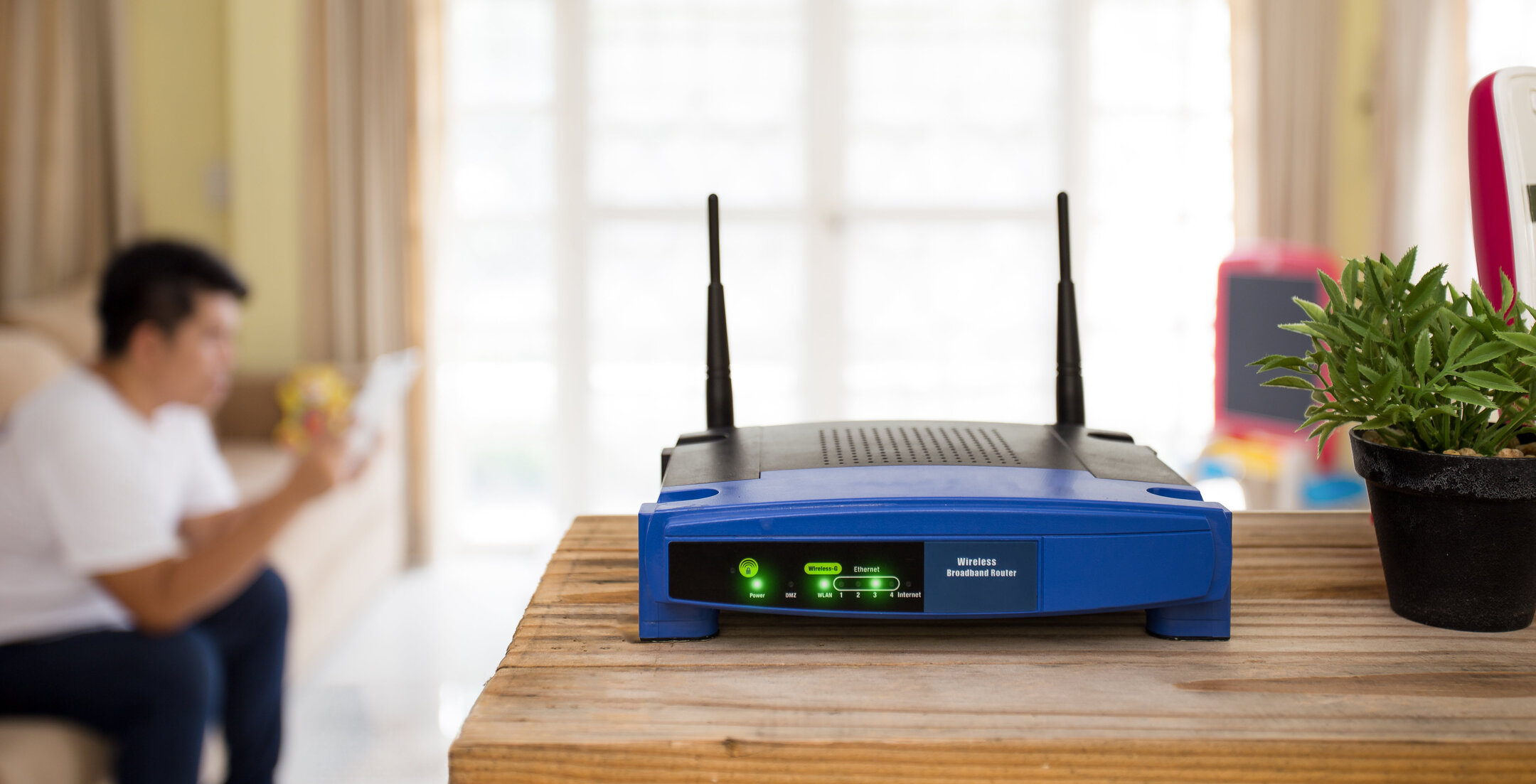

Smart Home Devices
Which Wi-Fi Router Has The Best Range
Modified: January 4, 2024
Looking for the best Wi-Fi router with extended range for your smart home devices? Find the top options and improve your home network today.
(Many of the links in this article redirect to a specific reviewed product. Your purchase of these products through affiliate links helps to generate commission for Storables.com, at no extra cost. Learn more)
Introduction
Read also: 12 Best Wi-Fi Router Range Extender For 2025
Understanding the Importance of Wi-Fi Range for Smart Home Devices
In the ever-evolving landscape of smart home devices, the role of a reliable Wi-Fi connection cannot be overstated. Whether it's controlling your thermostat remotely, monitoring your home security system, or simply streaming content to your smart TV, a robust Wi-Fi signal is the backbone of a seamless smart home experience. However, not all Wi-Fi routers are created equal, and the range they offer can significantly impact the functionality and performance of your smart home devices.
As we delve into the world of Wi-Fi routers and their range capabilities, it's essential to understand the crucial role they play in ensuring a consistent and strong wireless connection throughout your home. With the increasing prevalence of smart home devices, from smart speakers to connected appliances, the demand for a reliable and expansive Wi-Fi range has never been greater. A well-optimized Wi-Fi network is the linchpin that enables these devices to communicate effectively, providing you with the convenience and efficiency that modern technology promises.
Moreover, the significance of Wi-Fi range becomes even more pronounced when considering the layout and size of modern homes. With multiple floors, thick walls, and various obstructions, achieving a consistent Wi-Fi signal across every corner of the house can be a daunting task. This is where the capabilities of different Wi-Fi routers come into play, offering varying ranges and performance levels to accommodate the diverse needs of smart home enthusiasts.
In this comprehensive guide, we will explore the intricacies of Wi-Fi range, the factors that influence it, the different types of Wi-Fi routers available, and the methods for testing and evaluating their range. By the end of this journey, you will be equipped with the knowledge to make an informed decision when selecting a Wi-Fi router that best suits your smart home needs. Let's embark on this exploration of Wi-Fi range and its pivotal role in maximizing the potential of your smart home devices.
Key Takeaways:
- Wi-Fi range is crucial for smart home devices to work seamlessly. Factors like frequency bands, obstructions, and router types affect the range. Testing Wi-Fi range helps optimize connectivity for a better smart home experience.
- Different Wi-Fi routers offer varying ranges and performance levels. Understanding these differences empowers homeowners to select a router that best suits their smart home needs, ensuring reliable connectivity across various devices and living spaces.
Understanding Wi-Fi Range
Wi-Fi range refers to the distance over which a wireless router can transmit its signal, providing connectivity to devices within that range. The range of a Wi-Fi router plays a critical role in determining the coverage area and signal strength available for smart home devices, laptops, smartphones, and other connected gadgets.
When considering Wi-Fi range, it’s important to distinguish between the theoretical range advertised by manufacturers and the practical range experienced in real-world scenarios. Manufacturers often specify the maximum range under ideal conditions, which may not accurately reflect the performance in a typical home environment. Factors such as interference from other electronic devices, building materials, and physical obstructions can significantly impact the actual Wi-Fi range.
Understanding the nuances of Wi-Fi range can empower smart home enthusiasts to make informed decisions when selecting a router that aligns with their specific requirements. A comprehensive comprehension of Wi-Fi range involves recognizing the trade-offs between coverage area and signal strength. While a router with an extensive range may cover a larger area, the signal strength at the periphery of its range might be weaker, leading to slower connection speeds and potential dropouts.
Moreover, the concept of Wi-Fi range extends beyond a single dimension. In addition to horizontal coverage, the vertical reach of a Wi-Fi signal is equally significant, especially in multi-story homes. Ensuring consistent connectivity across different floors demands a router with robust vertical range capabilities, enabling seamless communication with smart home devices located on various levels of the house.
As smart homes continue to integrate an increasing number of Wi-Fi-dependent devices, the demand for extended Wi-Fi range becomes more pronounced. From smart thermostats and lighting systems to security cameras and voice-activated assistants, each device relies on a stable and far-reaching Wi-Fi connection to function optimally. Understanding the complexities of Wi-Fi range equips homeowners with the knowledge to assess their specific coverage needs and select a router that can deliver reliable connectivity throughout their smart home ecosystem.
By delving into the intricacies of Wi-Fi range, individuals can make informed choices when it comes to optimizing their home network for the diverse demands of modern smart home devices. The next section will explore the various factors that influence Wi-Fi range, shedding light on the key considerations that impact the performance and coverage area of wireless routers.
Factors Affecting Wi-Fi Range
Several key factors influence the range and performance of a Wi-Fi router, shaping its ability to provide reliable connectivity to smart home devices and other wireless gadgets. Understanding these factors is essential for homeowners seeking to optimize their Wi-Fi network and ensure seamless connectivity throughout their living spaces.
1. Frequency Band: Wi-Fi routers operate on two primary frequency bands: 2.4 GHz and 5 GHz. The 2.4 GHz band offers better coverage over longer distances and superior penetration through walls and obstacles, making it suitable for providing broader Wi-Fi range. On the other hand, the 5 GHz band delivers faster speeds but with reduced range, making it ideal for high-bandwidth activities within closer proximity to the router.
2. Obstructions and Interference: Physical obstructions such as walls, floors, and large furniture can impede the propagation of Wi-Fi signals, reducing the effective range of a router. Additionally, interference from neighboring wireless networks, electronic devices, and household appliances can disrupt Wi-Fi signals, leading to diminished range and degraded performance.
3. Antenna Design and Placement: The design and placement of a router’s antennas significantly impact its range and signal strength. External antennas, particularly those with high-gain capabilities, can enhance the coverage area and overall performance of the router. Strategic placement of the router in a central location within the home, away from obstructions and interference sources, can further optimize Wi-Fi range.
4. Router Power and Transmitting Power: The power output of a router and its transmitting power directly influence the reach and strength of its Wi-Fi signal. Routers with higher power output and adjustable transmitting power settings can offer extended range and improved signal penetration, especially in larger homes or environments with challenging architectural layouts.
5. Building Materials: The construction materials used in the home, such as concrete, brick, and metal, can attenuate Wi-Fi signals, limiting their effective range. Understanding the impact of building materials on Wi-Fi propagation is crucial for selecting a router that can mitigate the challenges posed by specific construction elements.
6. Interference from Microwave Ovens and Cordless Phones: Certain household appliances, such as microwave ovens and cordless phones, operate on frequencies that can interfere with Wi-Fi signals, potentially reducing the range and reliability of the wireless network. Mitigating the impact of such interference is essential for maintaining consistent Wi-Fi coverage.
By considering these influential factors, homeowners can make informed decisions when choosing a Wi-Fi router that aligns with their specific range requirements and environmental conditions. The next section will delve into the different types of Wi-Fi routers available, each catering to distinct range and performance needs, further empowering individuals to optimize their smart home connectivity.
Types of Wi-Fi Routers
Wi-Fi routers come in various types, each designed to address specific range and performance needs, catering to the diverse requirements of modern smart homes. Understanding the distinctions between these router types is crucial for homeowners seeking to optimize their Wi-Fi network and ensure consistent connectivity for their smart home devices.
1. Single-Band Routers: Single-band routers operate on the 2.4 GHz frequency band, offering broad coverage and better penetration through walls and obstacles. While they provide extensive Wi-Fi range, they may be susceptible to interference from other wireless devices operating on the same frequency. Single-band routers are suitable for basic smart home setups with moderate connectivity demands.
2. Dual-Band Routers: Dual-band routers operate on both the 2.4 GHz and 5 GHz frequency bands, providing the flexibility to allocate devices to the most suitable band based on their connectivity needs. This allows for improved performance and reduced congestion, especially in environments with multiple connected devices. Dual-band routers are well-suited for smart homes with diverse Wi-Fi requirements and a mix of bandwidth-intensive and standard devices.
3. Tri-Band Routers: Tri-band routers feature an additional 5 GHz band, further optimizing the distribution of devices across different frequency bands to minimize interference and maximize throughput. These routers excel in multi-device environments and homes with high-bandwidth applications, delivering exceptional performance and extended Wi-Fi range to accommodate the demands of advanced smart home setups.
4. Mesh Wi-Fi Systems: Mesh Wi-Fi systems consist of multiple interconnected nodes that work together to create a unified, expansive Wi-Fi network. These systems offer seamless roaming capabilities, ensuring consistent connectivity as users move throughout the home. Mesh Wi-Fi is ideal for large residences and multi-story buildings, providing comprehensive coverage and eliminating dead zones that may exist with traditional single-router setups.
5. Gigabit Routers: Gigabit routers are designed to deliver high-speed connectivity, capable of handling data-intensive tasks and high-definition streaming. While they may not necessarily focus solely on extending Wi-Fi range, their advanced performance capabilities can contribute to a more robust and reliable smart home network, especially for users with demanding connectivity requirements.
Understanding the unique characteristics and capabilities of these Wi-Fi router types empowers homeowners to select a solution that aligns with their specific smart home needs. By assessing the range, performance, and scalability offered by each router type, individuals can make informed decisions to optimize their home network for the diverse demands of modern smart home devices.
The next section will explore the process of testing Wi-Fi range, providing insights into evaluating the performance of different routers and fine-tuning their settings to achieve optimal coverage throughout the home.
When looking for a Wi-Fi router with the best range, consider a router with multiple antennas and support for the latest Wi-Fi standards like 802.11ac or 802.11ax. These features can help improve the overall range and coverage of the Wi-Fi signal in your home.
Read more: What Is The Wi-Fi Router
Testing Wi-Fi Range
Testing the Wi-Fi range of a router is a crucial step in evaluating its performance and determining its suitability for supporting smart home devices across various areas of a residence. By conducting comprehensive range tests, homeowners can gain valuable insights into the coverage area, signal strength, and potential limitations of their Wi-Fi network, enabling them to make informed decisions when optimizing their home connectivity.
1. Signal Strength Measurements: Utilizing Wi-Fi analyzer apps or built-in signal strength indicators on smartphones, individuals can assess the signal strength at different locations within their home. This process involves moving to various areas and noting the signal quality and strength displayed on the analyzer, providing a comprehensive overview of the router’s coverage and potential dead zones.
2. Speed Tests: Conducting speed tests at different points throughout the home allows homeowners to evaluate the consistency and performance of their Wi-Fi connection. By comparing download and upload speeds across various locations, individuals can identify areas with diminished performance and potential connectivity issues, guiding them in optimizing the placement and settings of their router.
3. Range Extender Assessments: For individuals utilizing range extenders or repeaters to enhance their Wi-Fi coverage, testing the effectiveness of these devices is essential. By measuring the signal strength and speed in areas covered by range extenders, users can determine the efficacy of these solutions in extending the reach of their primary router and addressing coverage gaps.
4. Throughput Testing: Conducting throughput tests involves assessing the actual data transfer rates achieved at different distances from the router. This process provides insights into the real-world performance of the Wi-Fi network, helping homeowners understand the impact of distance and obstructions on their connectivity speeds and overall user experience.
5. Multi-Device Simulations: Simulating real-world usage scenarios by connecting multiple devices to the Wi-Fi network and assessing their performance simultaneously can reveal the router’s ability to handle diverse connectivity demands. This approach offers insights into the router’s capacity to maintain stable and reliable connections across multiple smart home devices, reflecting its suitability for supporting a comprehensive smart home ecosystem.
By employing these testing methodologies, homeowners can gain a comprehensive understanding of their router’s range capabilities and identify opportunities for optimizing their Wi-Fi network. Whether it involves adjusting the router’s placement, exploring different frequency bands, or considering the implementation of mesh Wi-Fi systems, the insights obtained from range testing empower individuals to make informed decisions to enhance their smart home connectivity.
As we conclude this exploration of Wi-Fi range and its impact on smart home devices, it becomes evident that the selection and optimization of a Wi-Fi router play a pivotal role in unlocking the full potential of modern smart home ecosystems. By leveraging the knowledge and insights shared in this guide, homeowners can embark on a journey to create a robust and reliable Wi-Fi network that seamlessly supports their diverse smart home devices, ensuring a connected living experience that is both efficient and enjoyable.
Conclusion
As we navigate the intricate realm of smart home devices, the significance of a robust and far-reaching Wi-Fi network emerges as a cornerstone of the modern connected lifestyle. The ability to seamlessly control smart lighting, monitor security cameras, and stream media content hinges on the reliability and coverage of the Wi-Fi signal. In this comprehensive guide, we have delved into the complexities of Wi-Fi range, examining the factors that influence it, the diverse types of Wi-Fi routers available, and the essential process of testing and evaluating Wi-Fi range.
Understanding Wi-Fi range involves acknowledging the interplay between coverage area and signal strength, recognizing the impact of frequency bands, obstructions, and interference, and appreciating the role of router design and placement in optimizing wireless connectivity. By unraveling the nuances of Wi-Fi range, homeowners can make informed decisions when selecting a router that aligns with their specific smart home needs, ensuring reliable connectivity across various devices and living spaces.
Furthermore, the exploration of different Wi-Fi router types, including single-band, dual-band, tri-band, and mesh systems, has provided individuals with insights into the diverse range and performance capabilities offered by these solutions. Armed with this knowledge, homeowners can tailor their Wi-Fi network to accommodate the demands of their smart home devices, whether it involves mitigating interference, extending coverage to multi-story residences, or supporting high-bandwidth applications.
Testing Wi-Fi range emerges as a pivotal step in the journey to optimize home connectivity, allowing individuals to evaluate signal strength, speed, and performance across different areas of their residence. Through signal strength measurements, speed tests, and multi-device simulations, homeowners can gain valuable insights into the effectiveness of their Wi-Fi network, guiding them in making informed decisions to enhance their smart home connectivity.
In essence, the quest for an optimal Wi-Fi range transcends mere technical considerations; it embodies the aspiration to create a seamless and efficient living environment where smart home devices seamlessly integrate into daily routines. By embracing the knowledge shared in this guide, homeowners are empowered to embark on a transformative journey, where a well-optimized Wi-Fi network serves as the conduit for unlocking the full potential of their smart home ecosystem.
As we bid adieu to this exploration of Wi-Fi range and its impact on smart home devices, let us embark on this journey with newfound insights and a profound appreciation for the pivotal role that a reliable and expansive Wi-Fi network plays in shaping the modern connected living experience.
Frequently Asked Questions about Which Wi-Fi Router Has The Best Range
Was this page helpful?
At Storables.com, we guarantee accurate and reliable information. Our content, validated by Expert Board Contributors, is crafted following stringent Editorial Policies. We're committed to providing you with well-researched, expert-backed insights for all your informational needs.
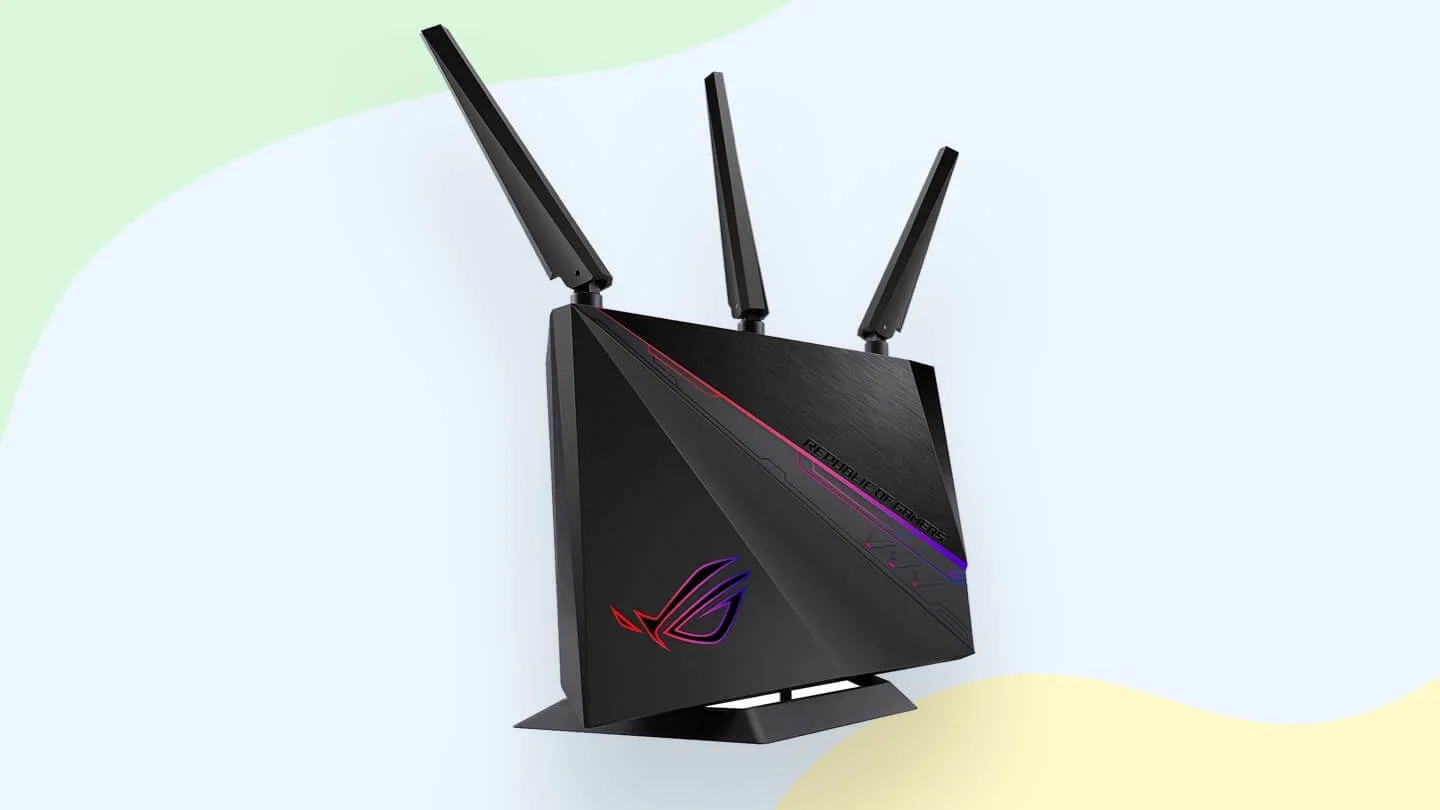
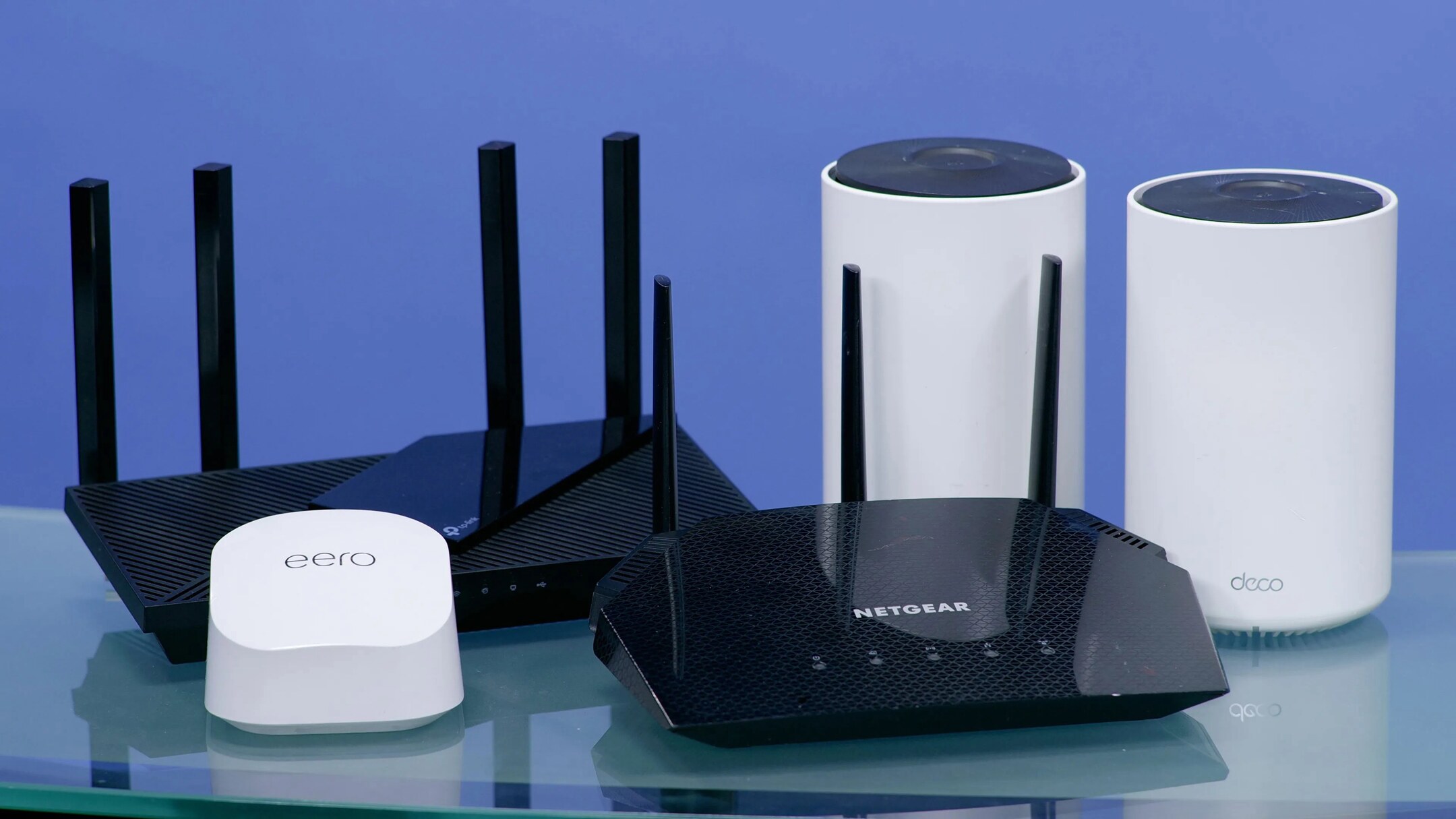
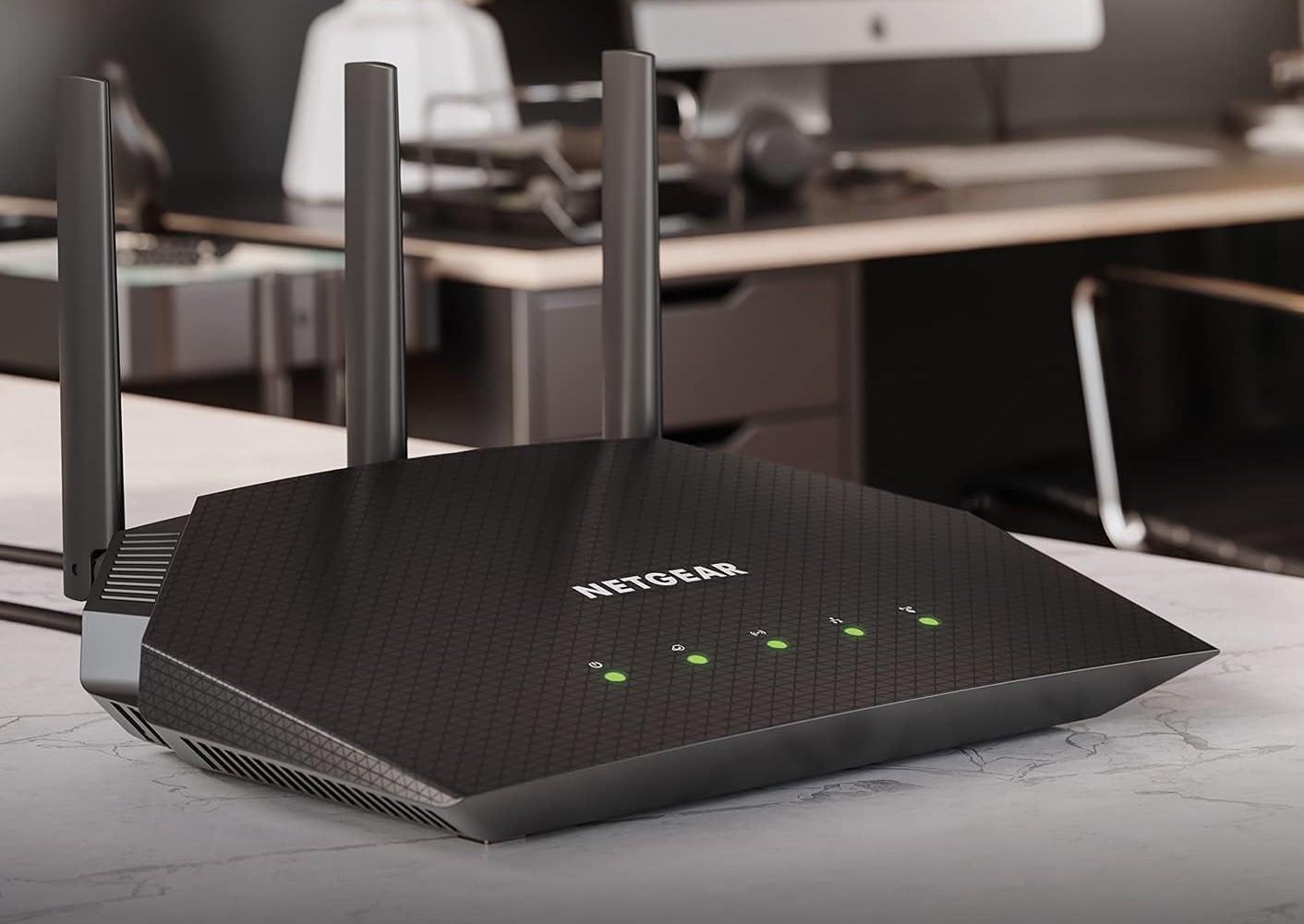
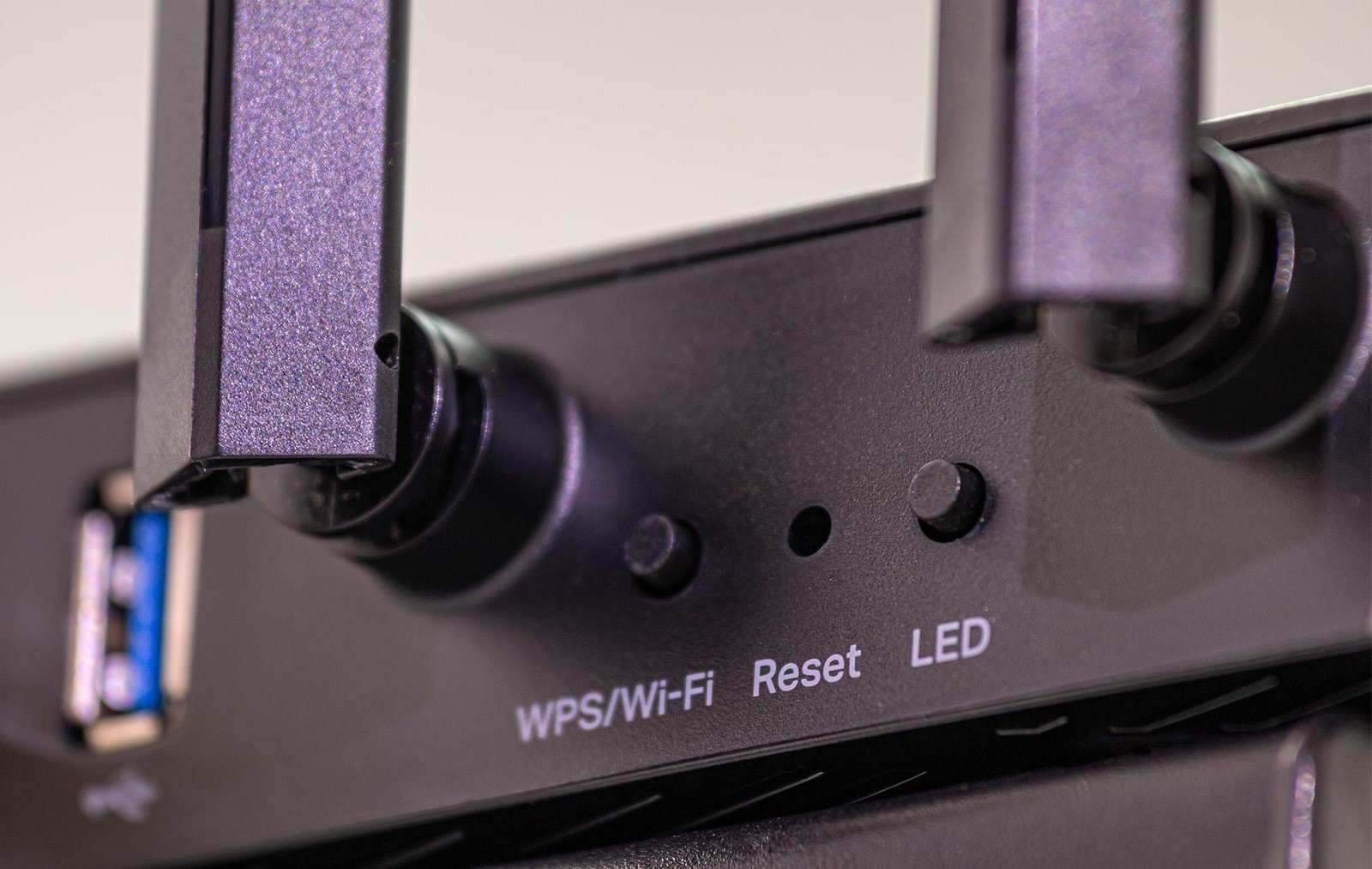
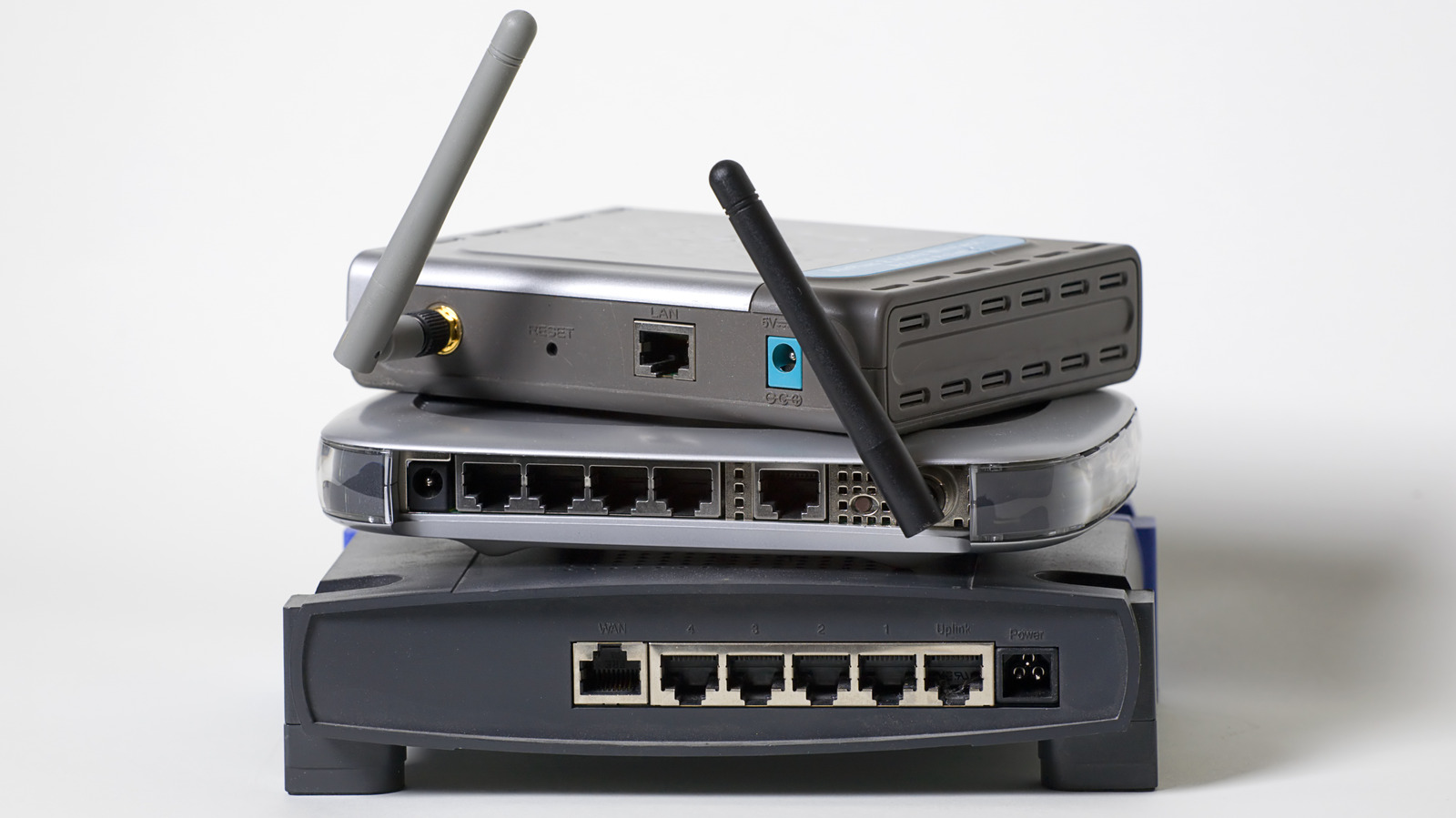
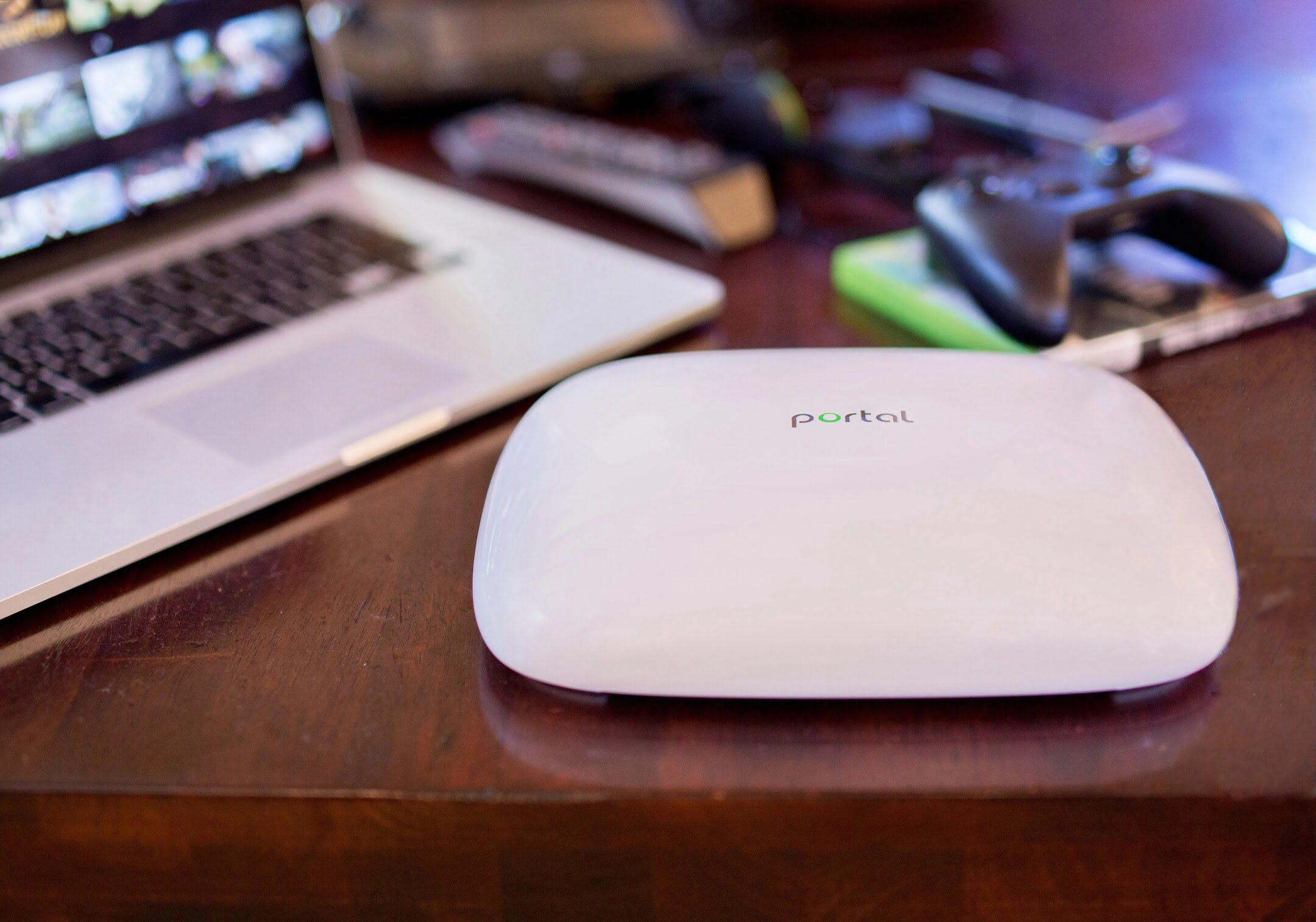
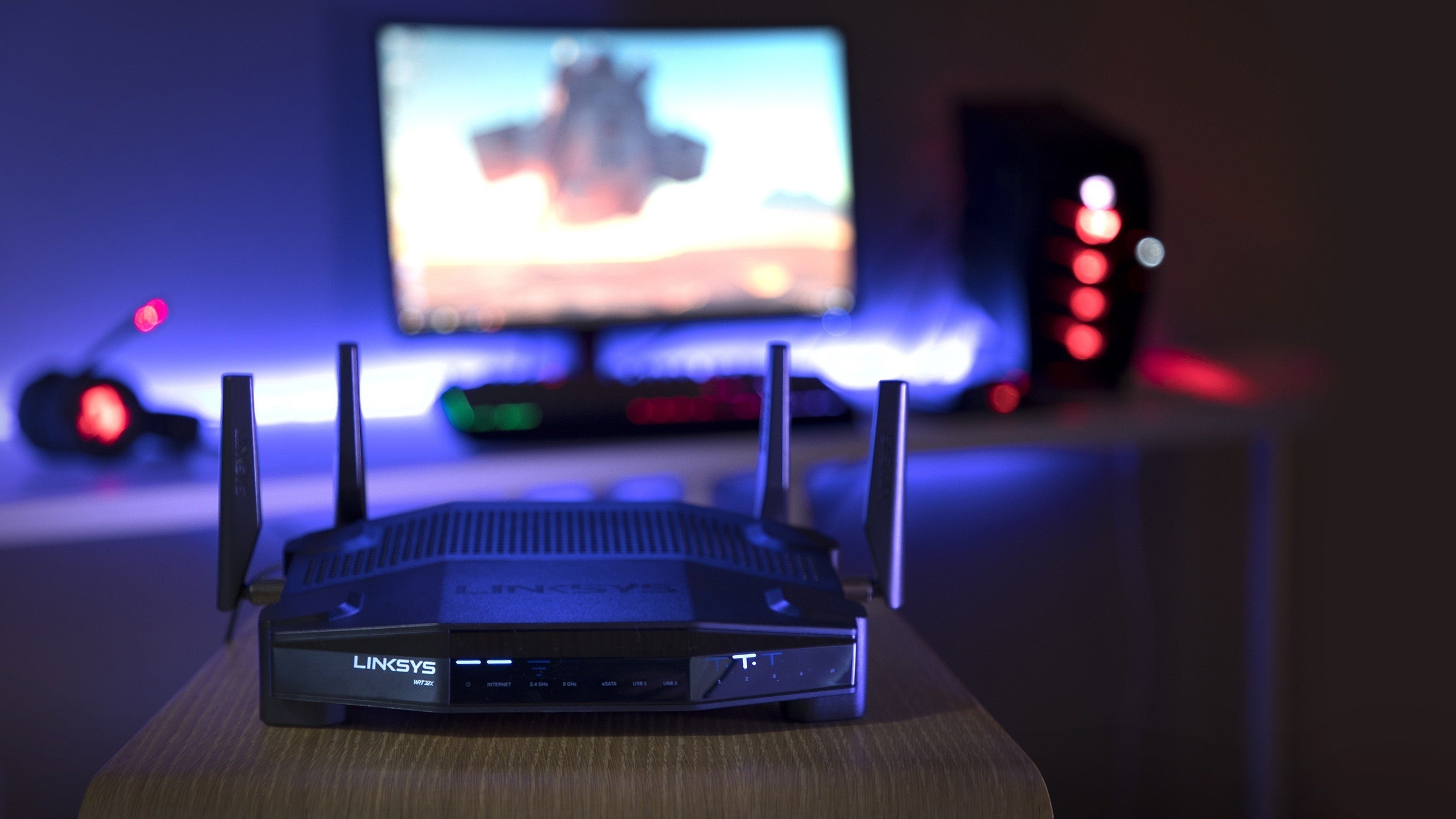
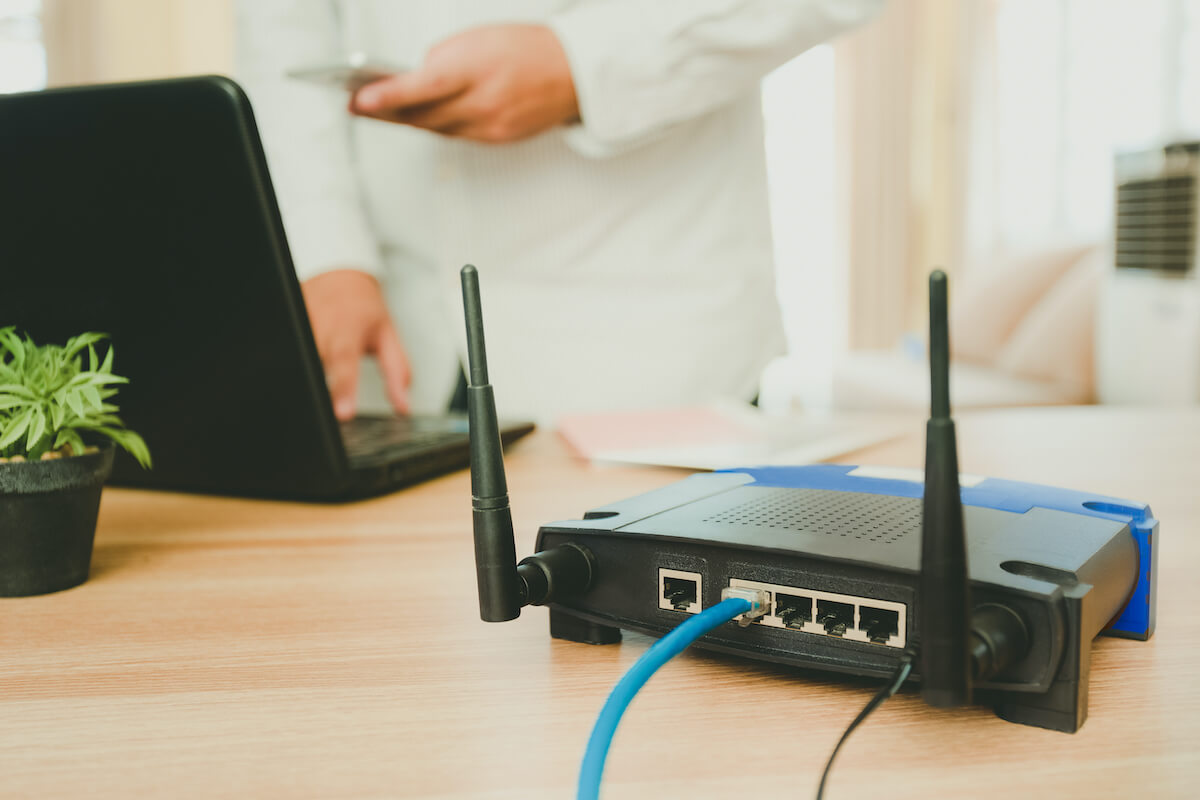
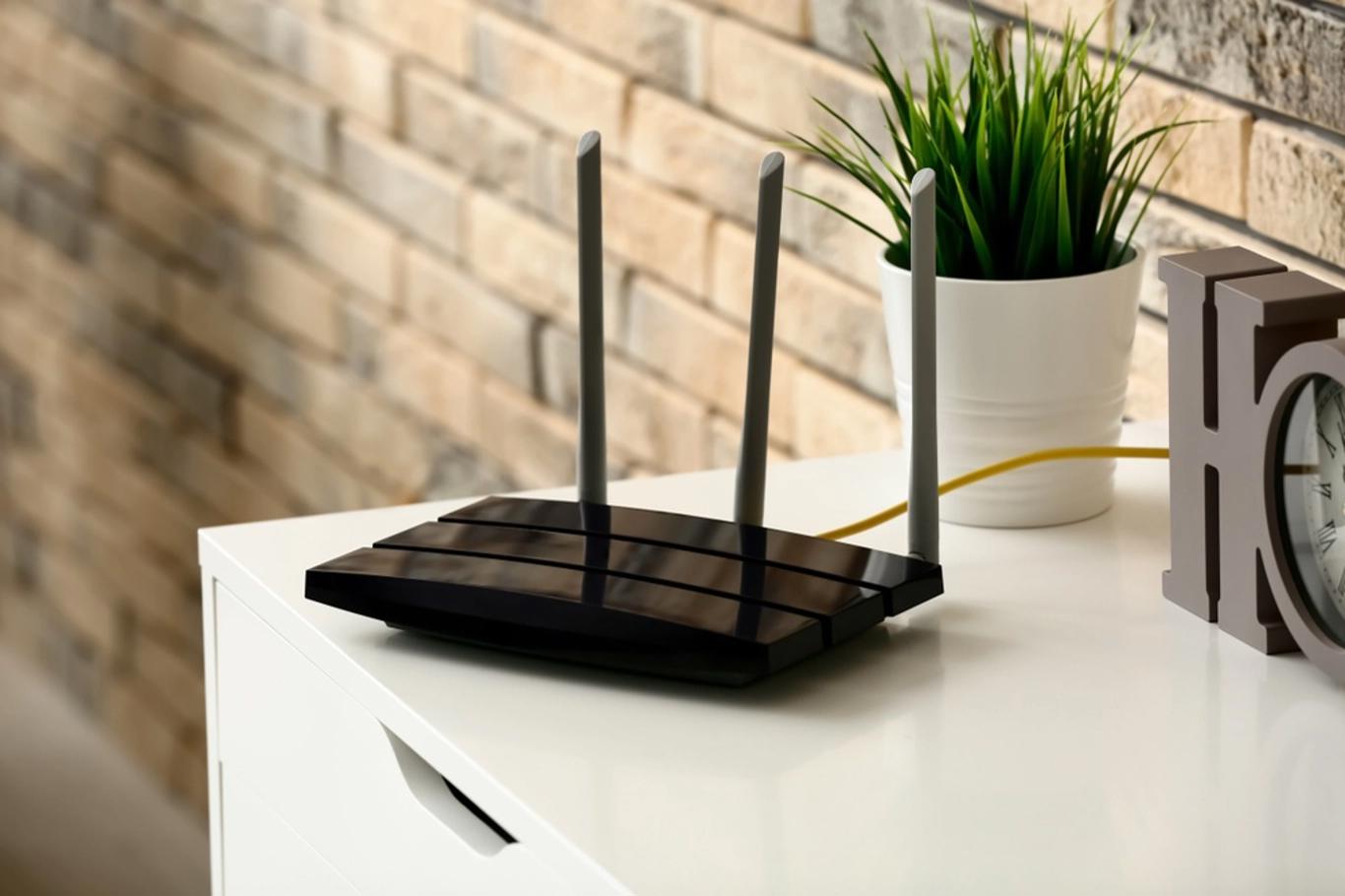
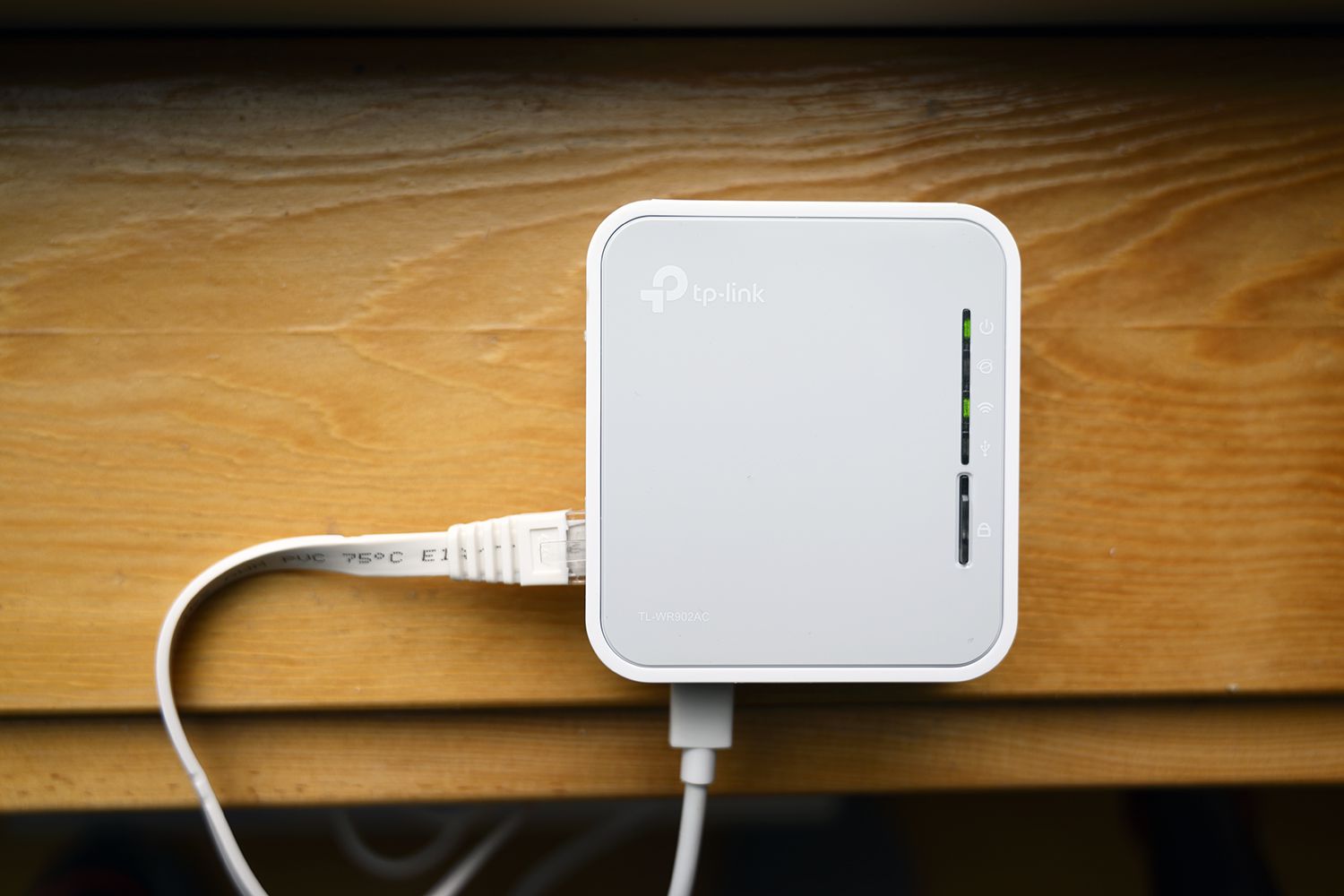
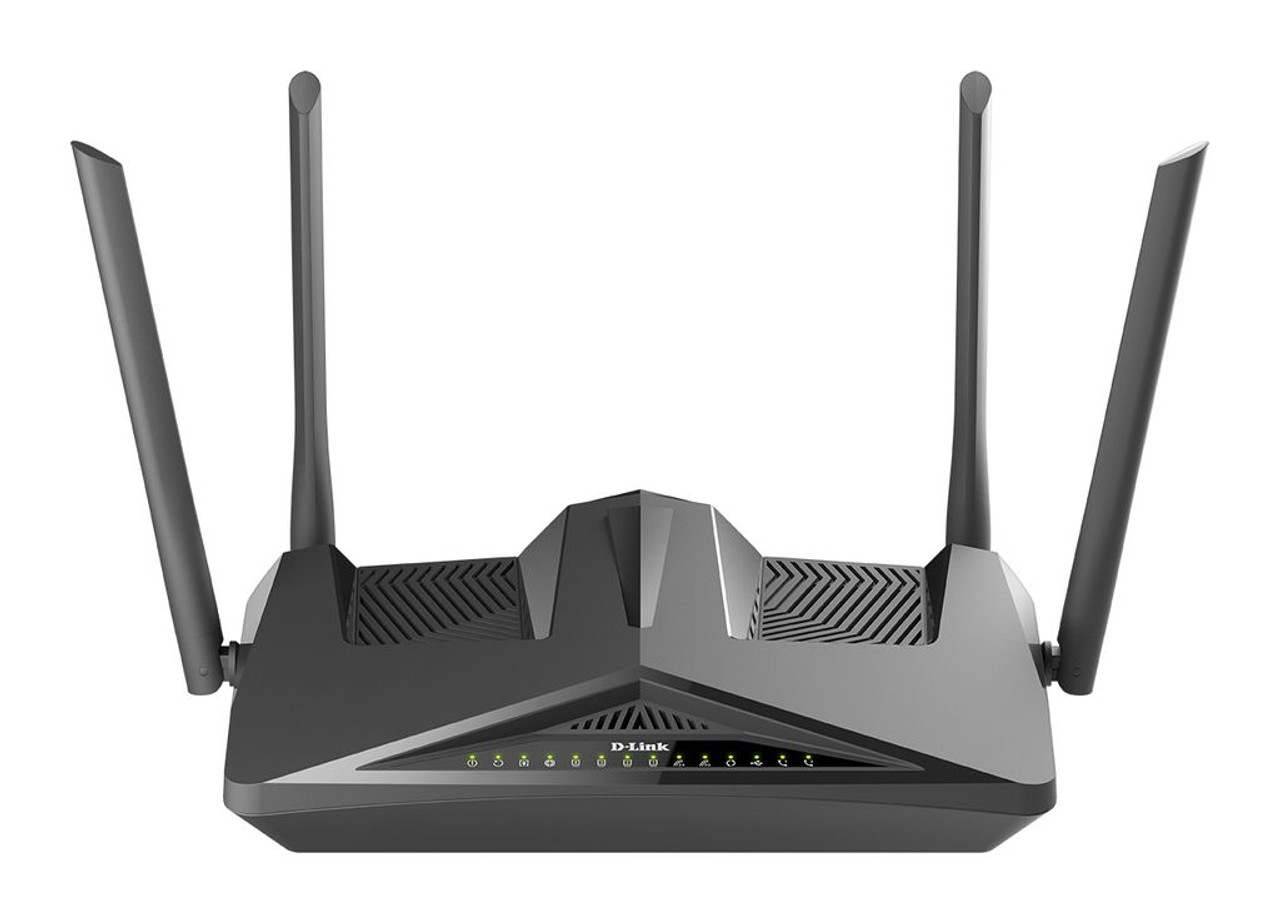

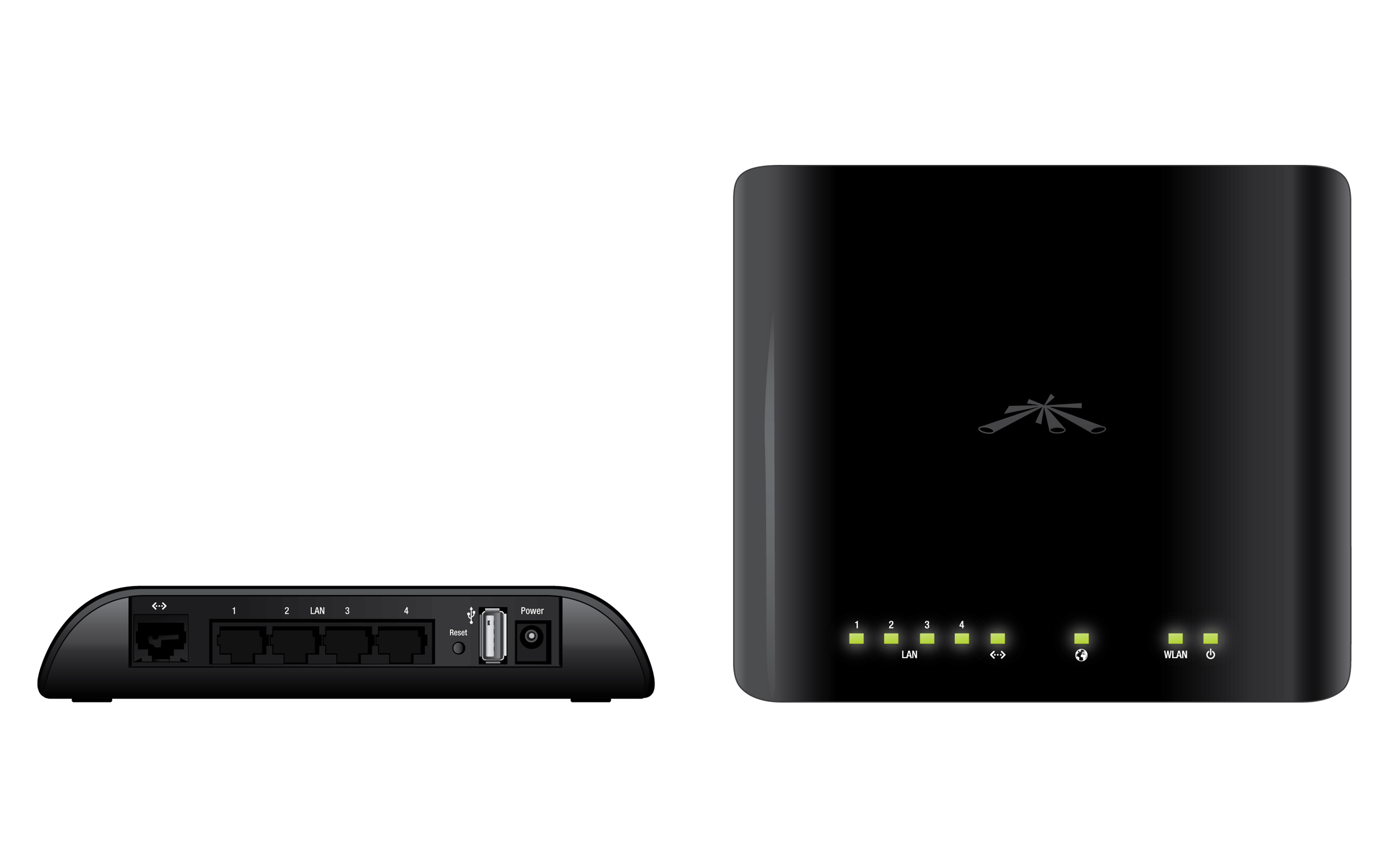
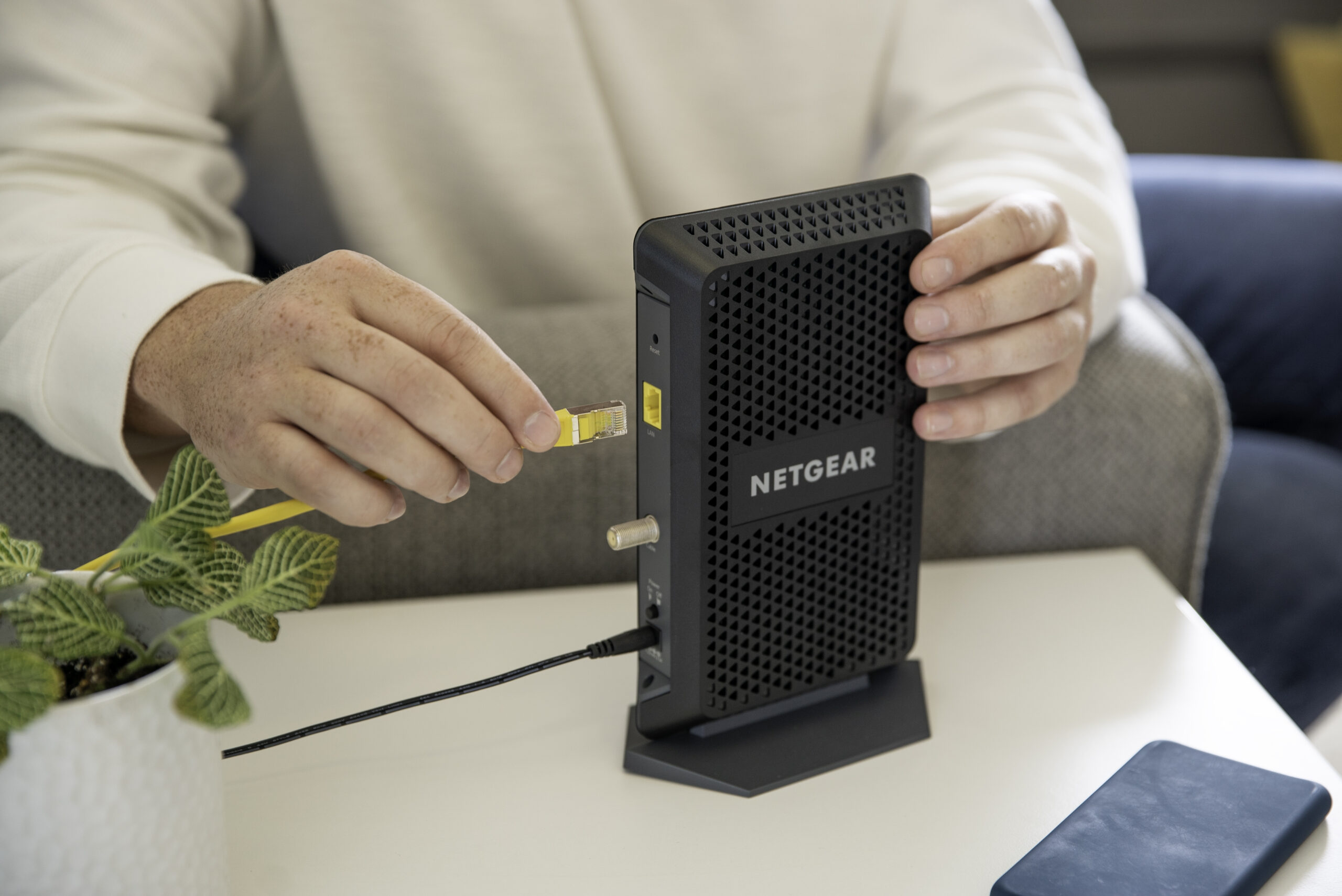

0 thoughts on “Which Wi-Fi Router Has The Best Range”